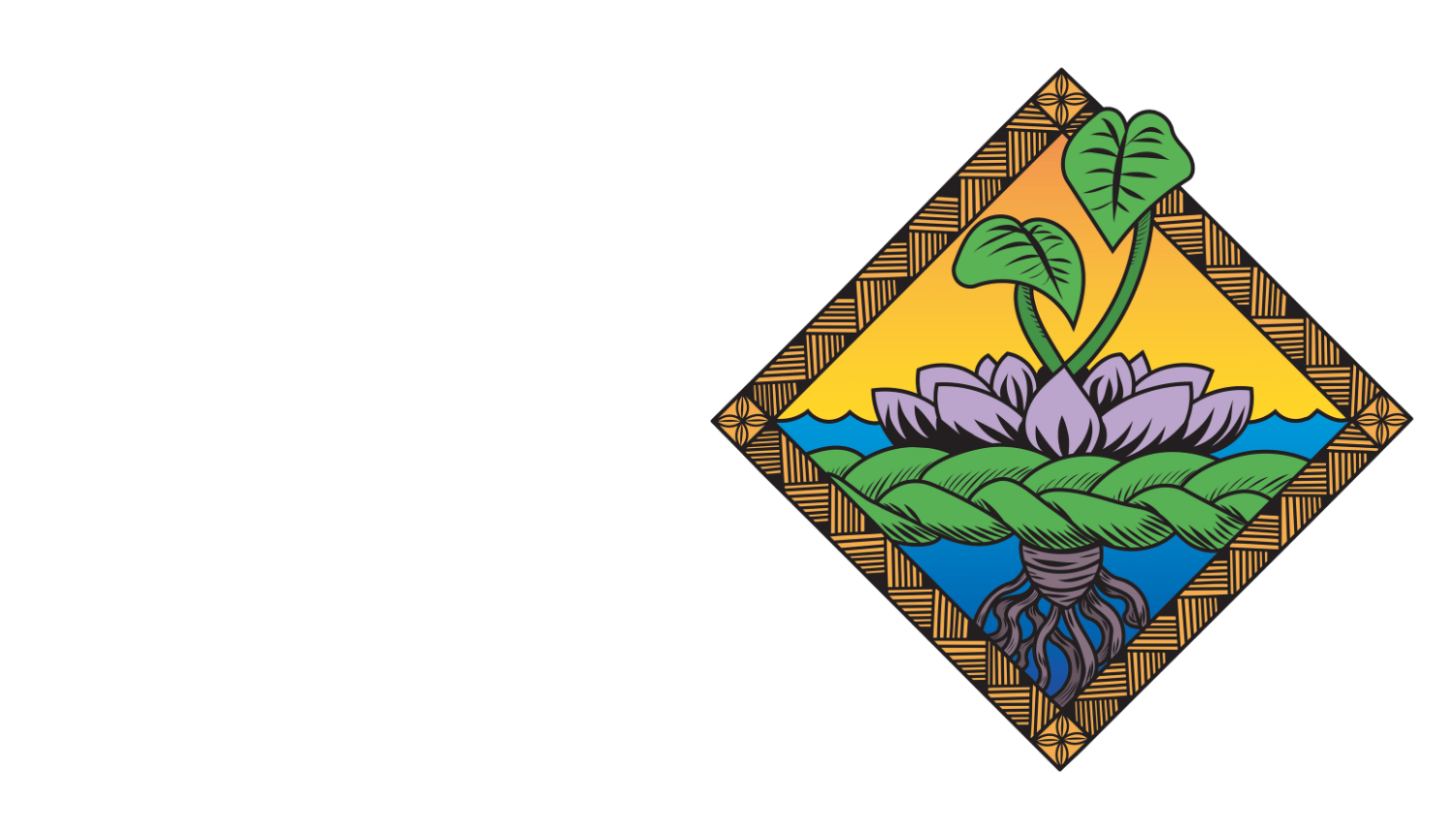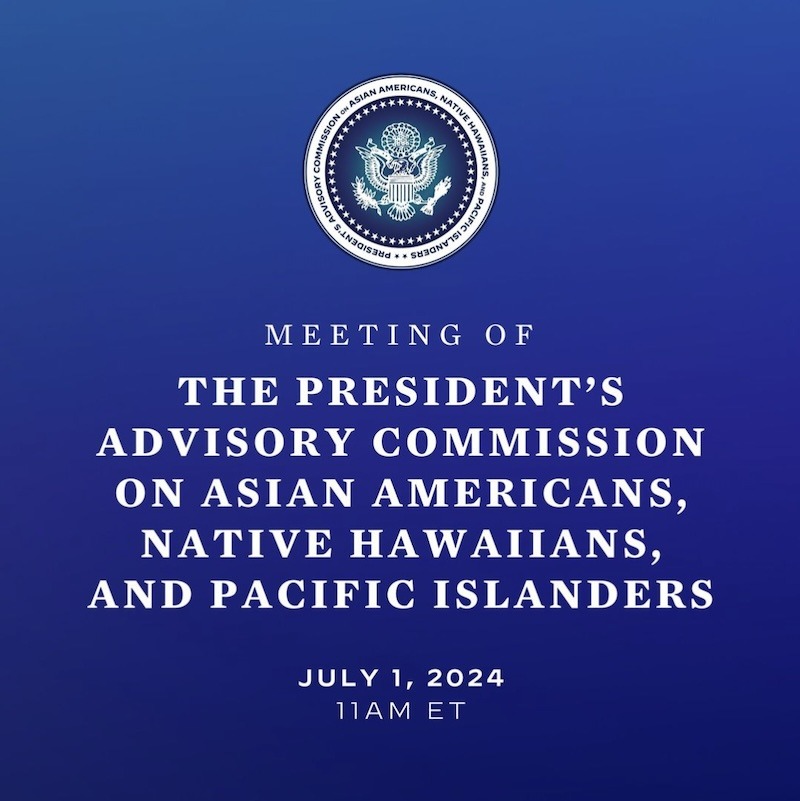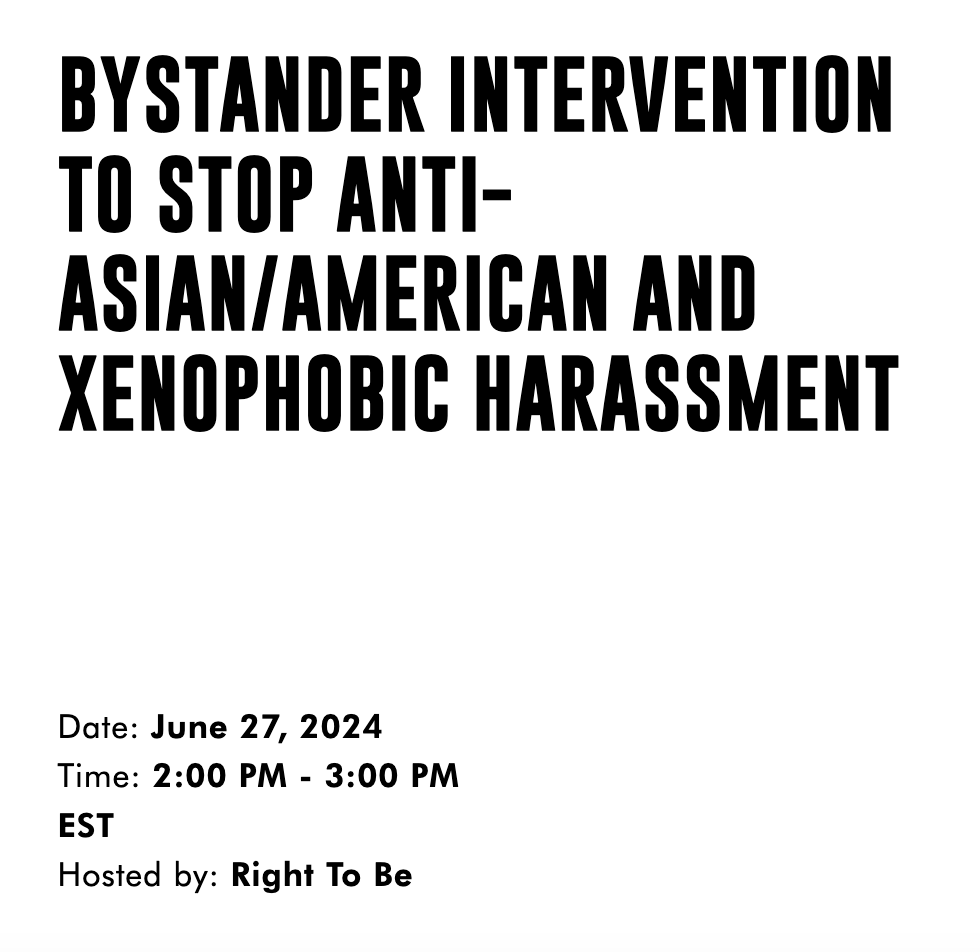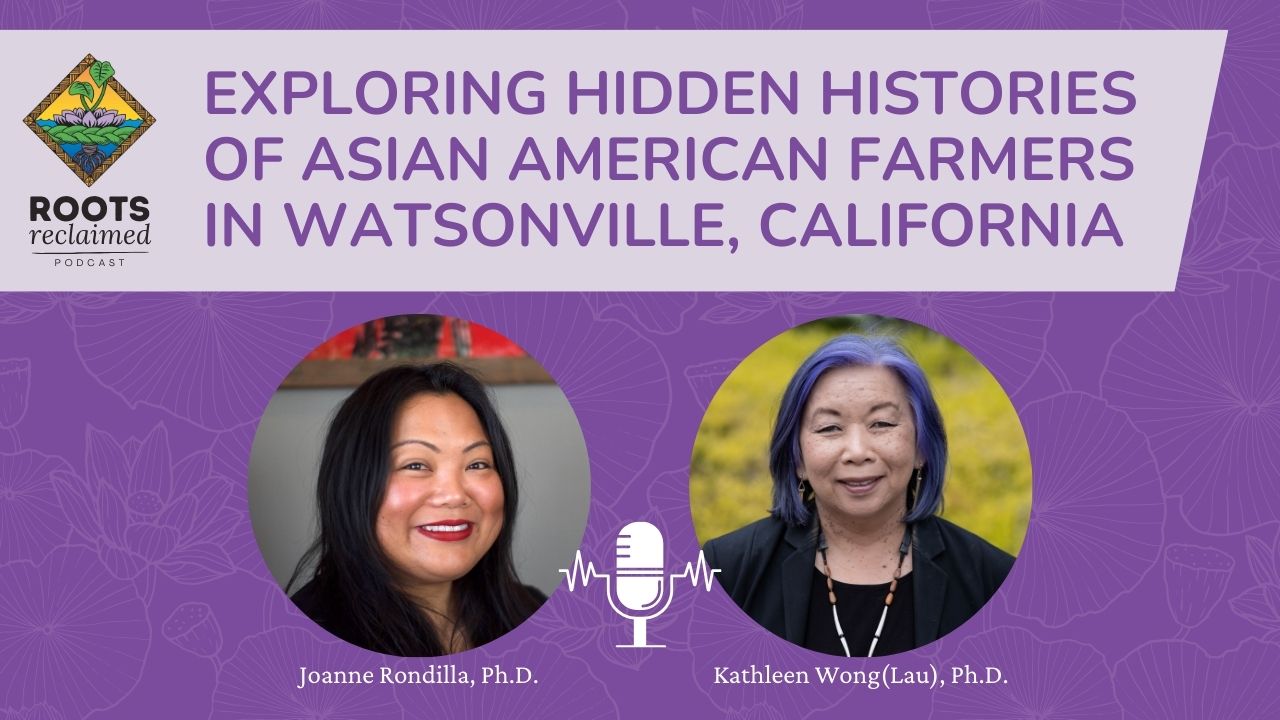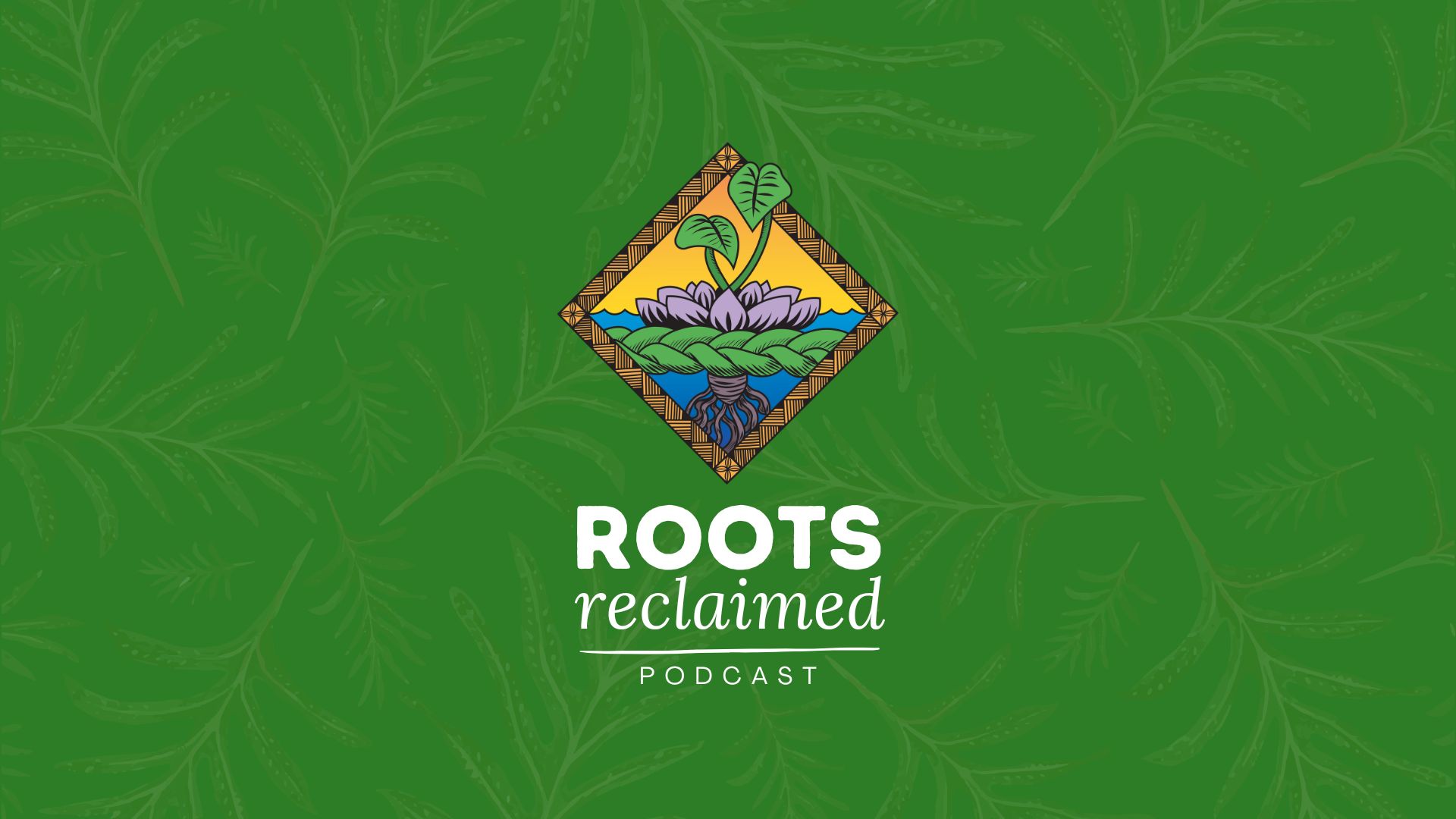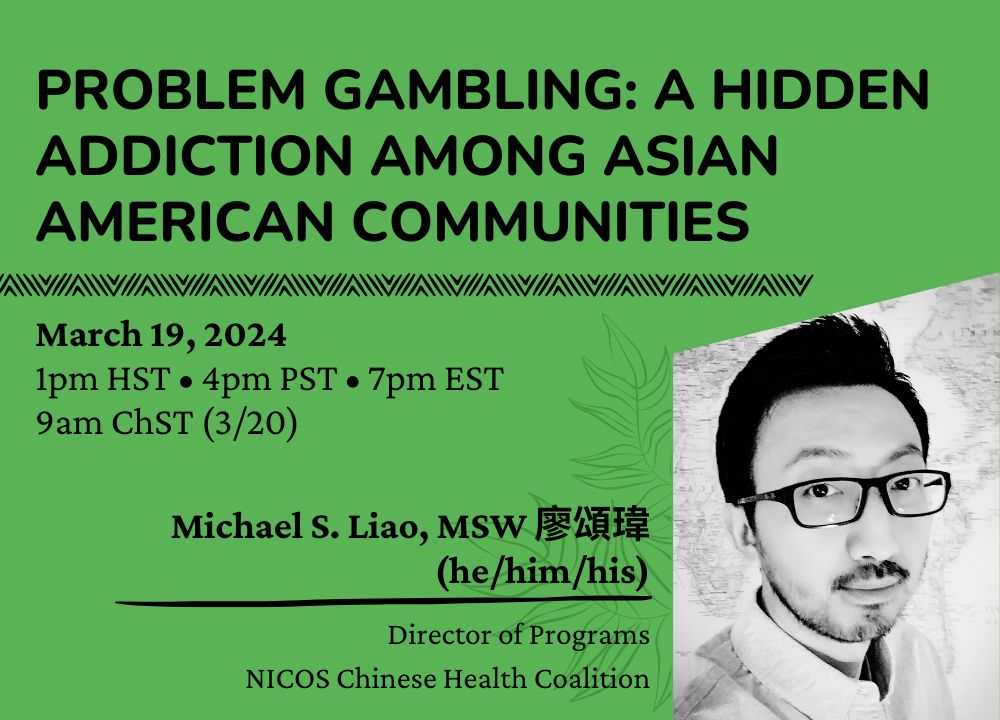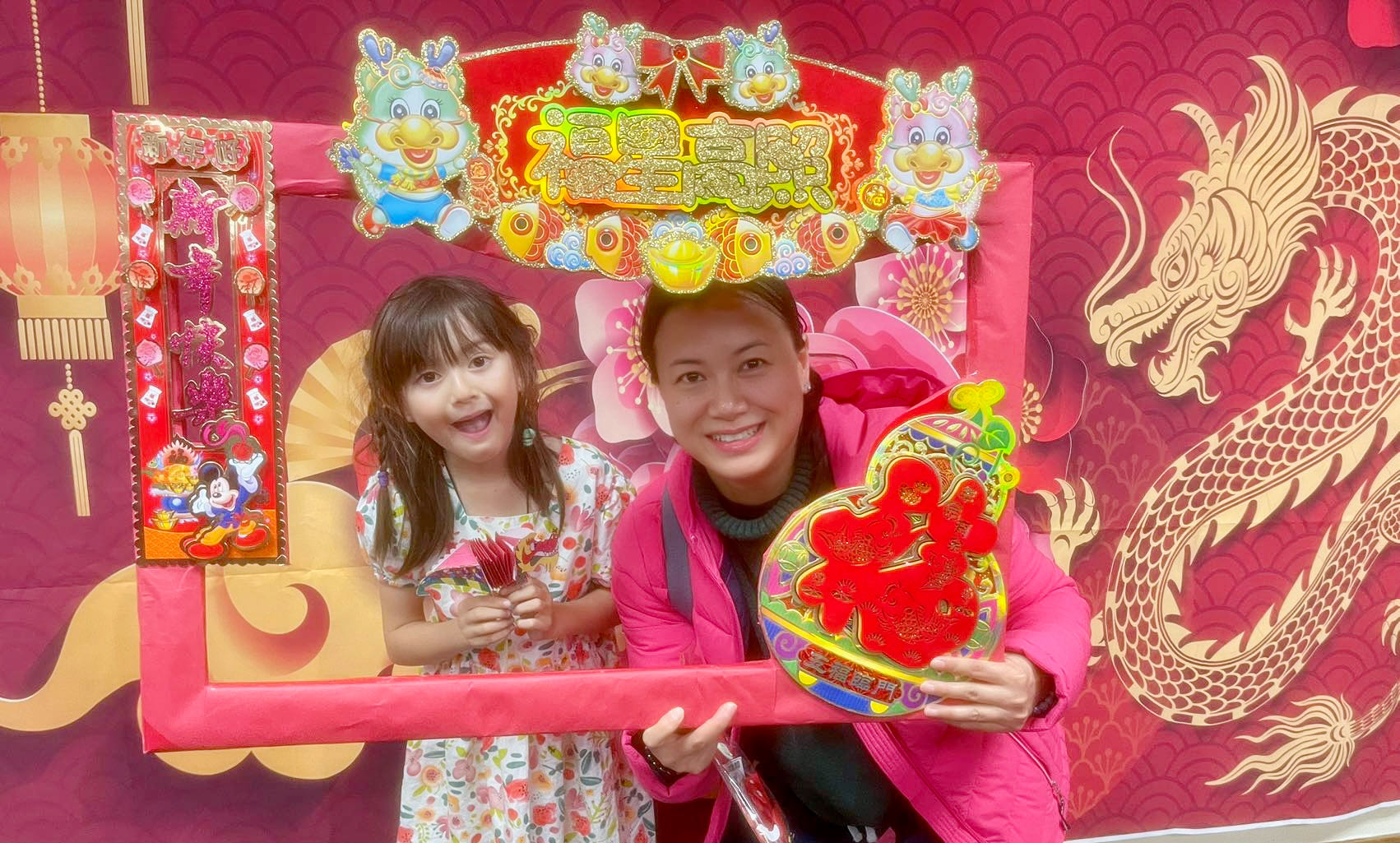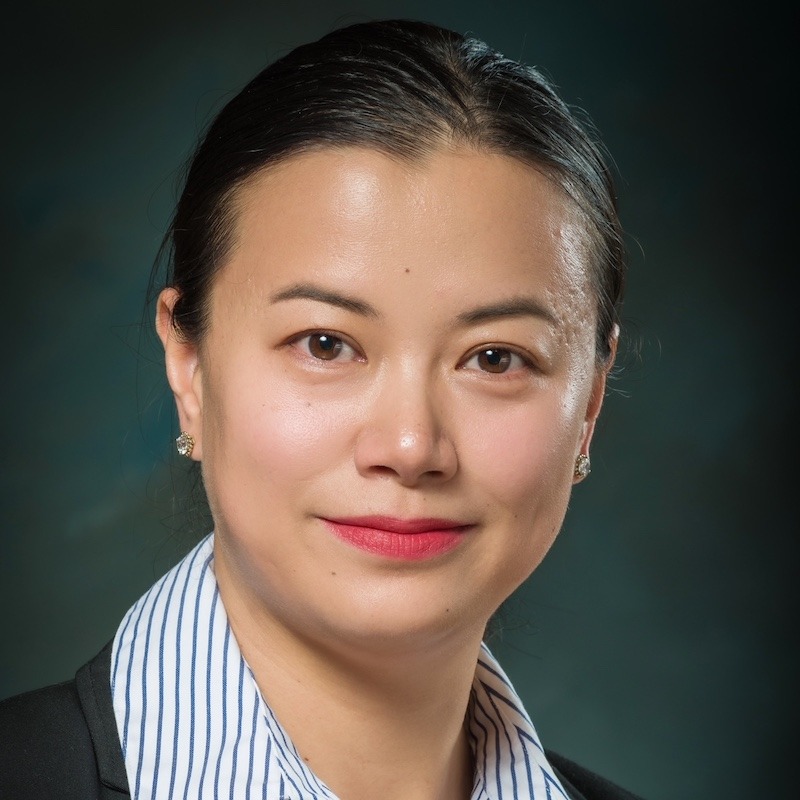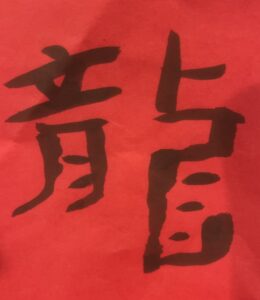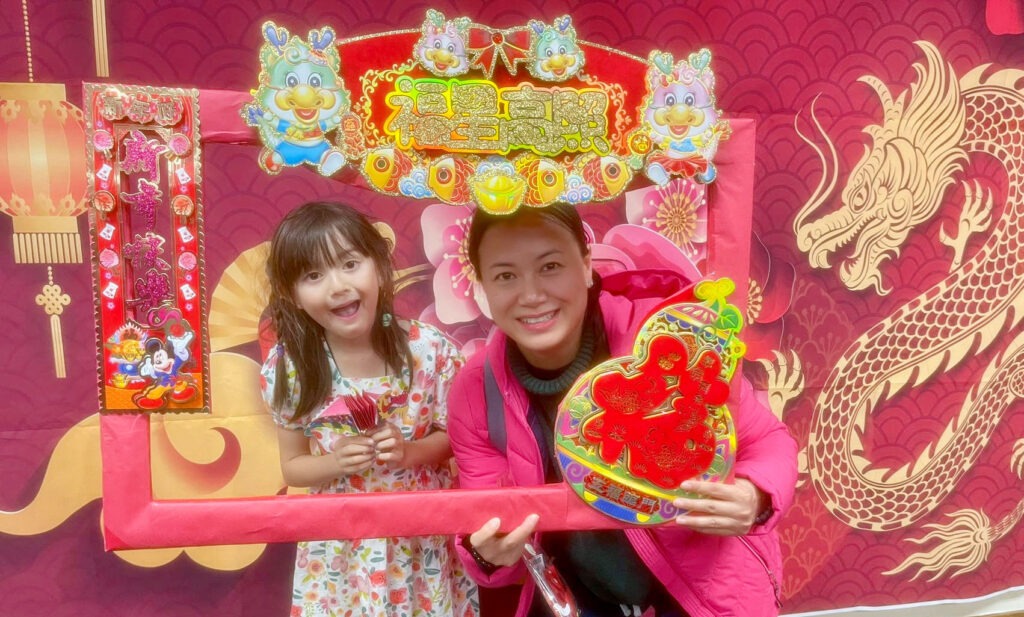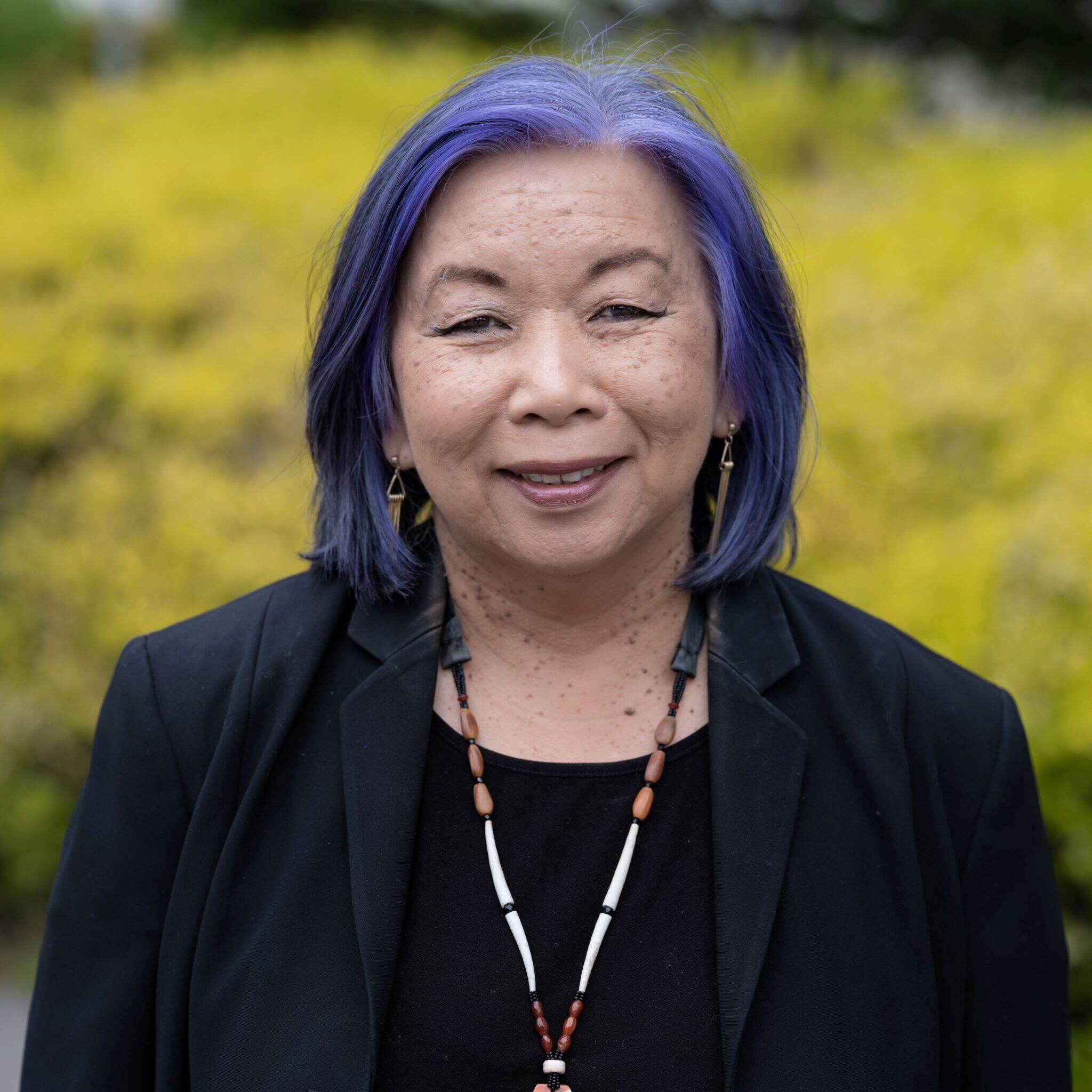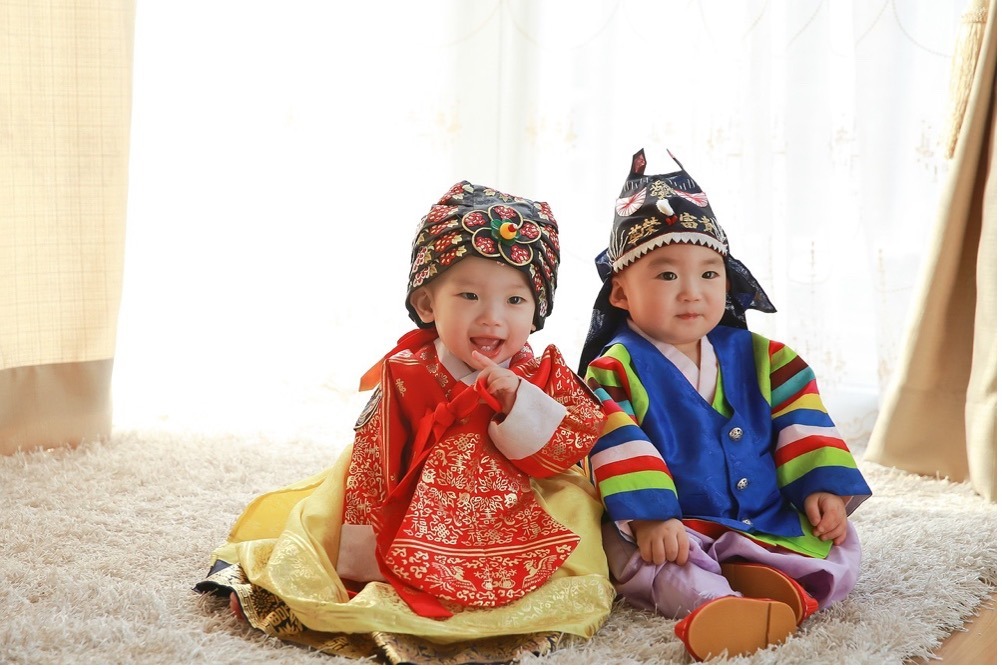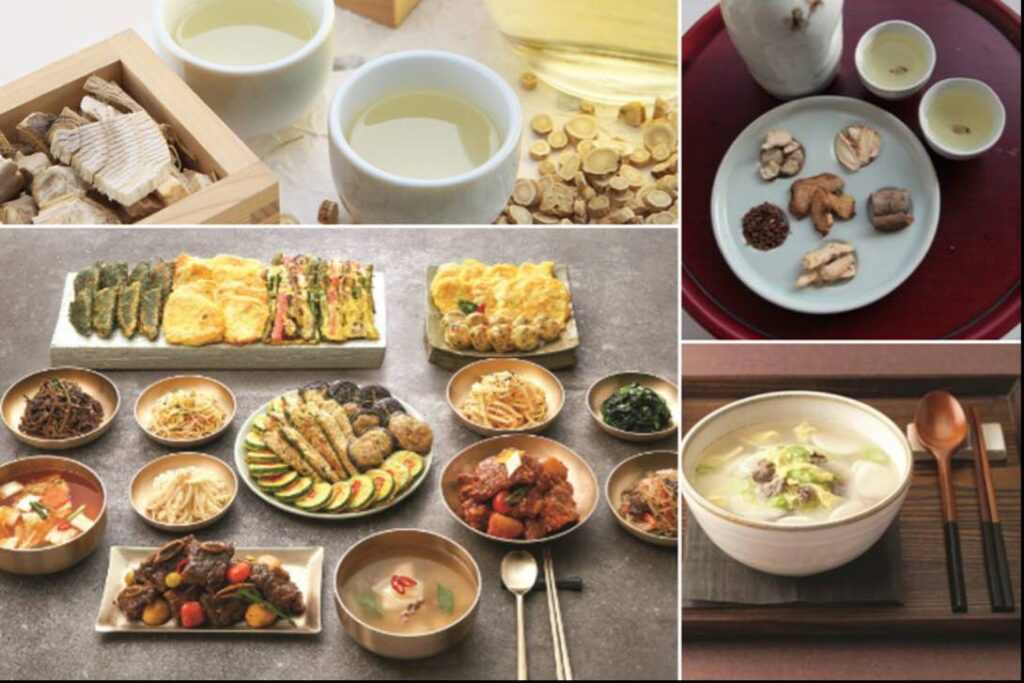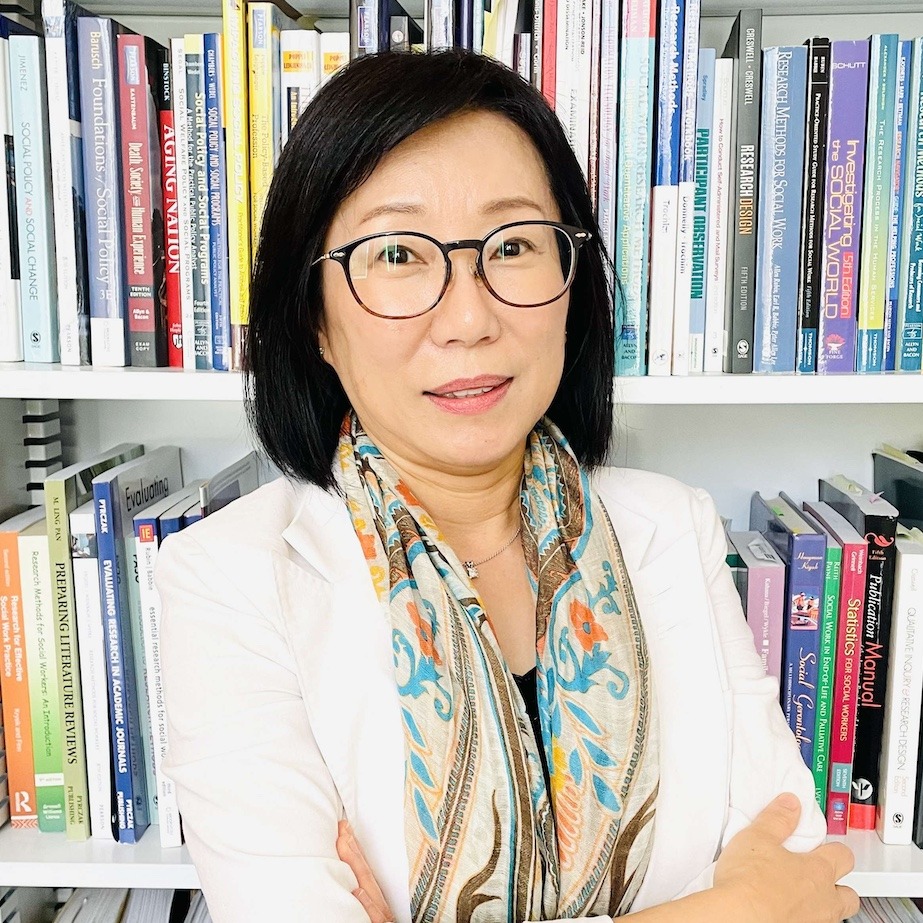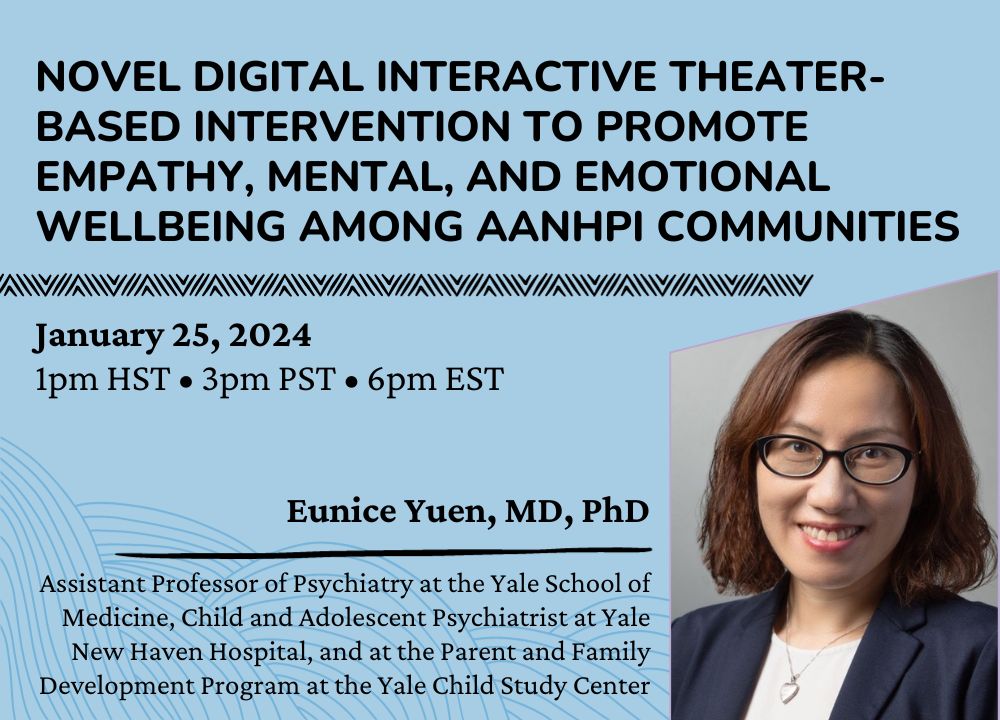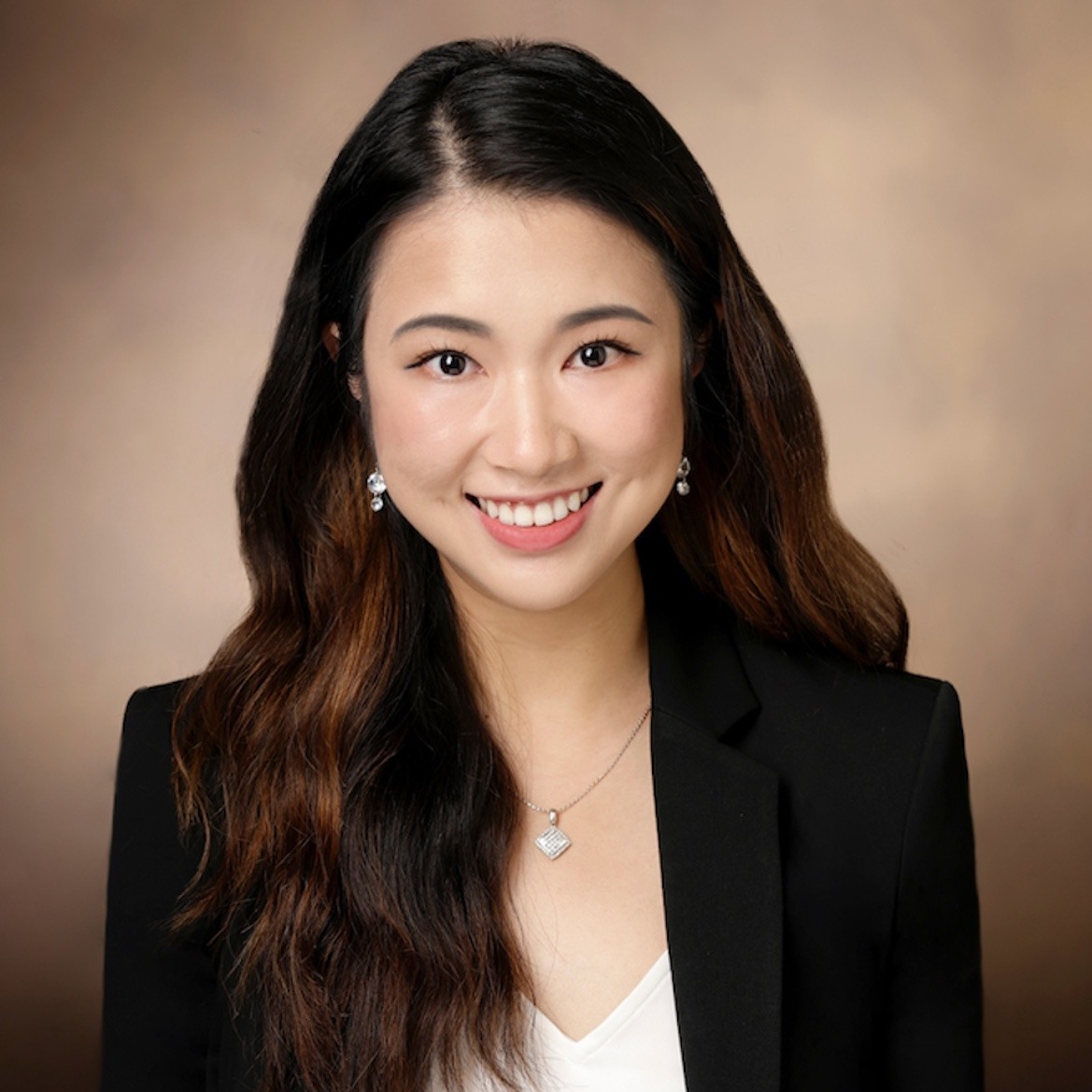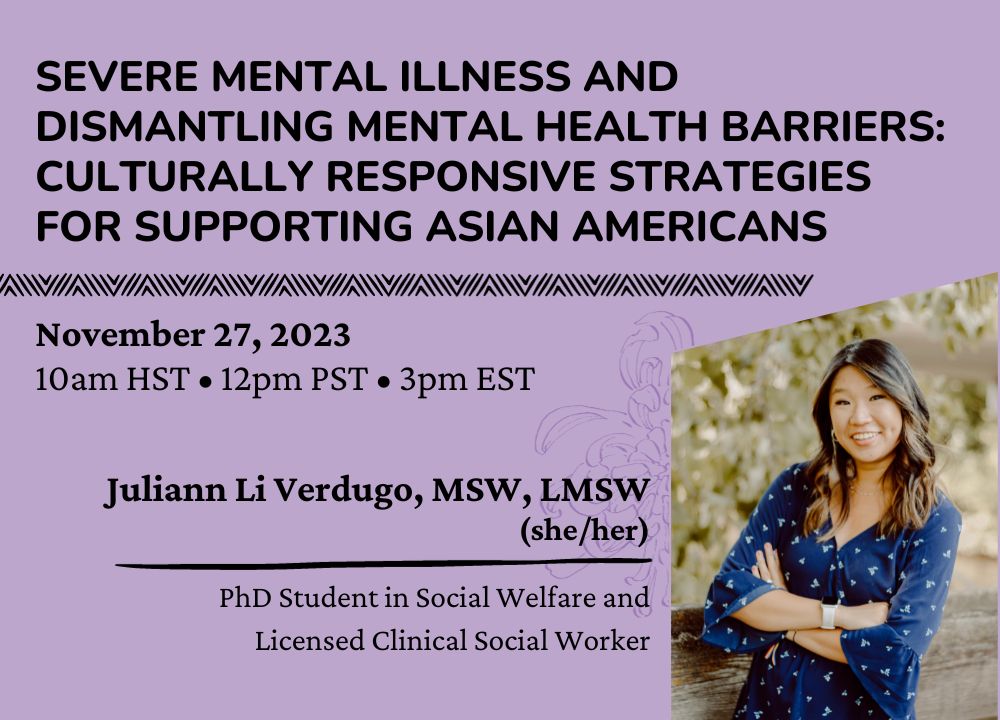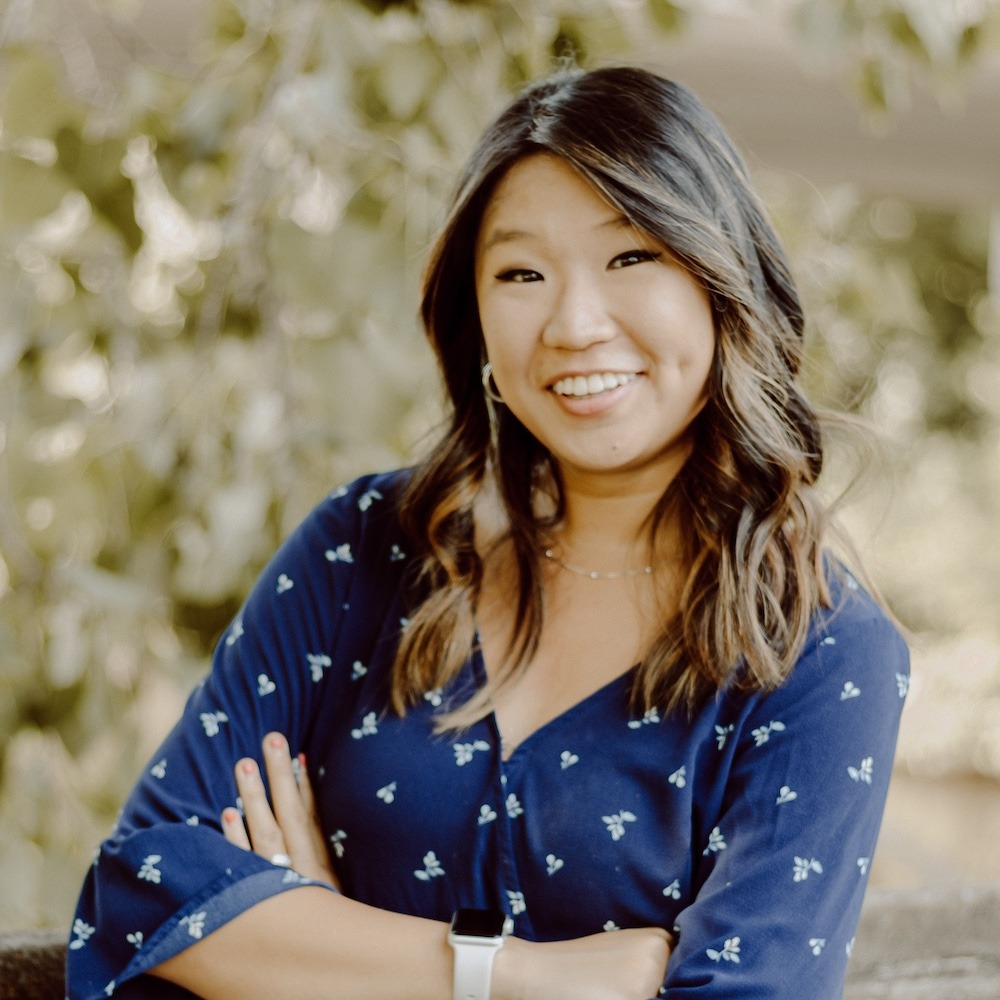[0:00] It’s always surprising to me that we, especially in a place like California, you know, we still have a K-12 education system that still negates the experiences of Native Hawaiians, Pacific Islanders, Asian Americans. And I feel like that’s by design, right? Because when you have young people who grow up thinking that they don’t belong or that their existence somehow is wrong or you know what I mean like or that you’re forever foreign yeah simply because of you know your appearance right yeah so yeah it is it surrounds you sometimes right yeah I can ambush you in the most unbelievable everyday circumstances.
Join us as we explore the hidden histories of Asian American Native Hawaiian and Pacific Islander people together we hope to provide healing and strengthen cultural pride. This is Roots Reclaimed.
[1:03] Hello, I’m Dr. Joanne Rondilla, and in today’s episode, Dr. Kathleen Wong(Lau) and I engage in a conversation about the importance of sharing and reclaiming the hidden histories of Asian Americans. The discussion took place in Watsonville, California, and here we remember the Watsonville riots and urge people to know and understand the vital connections between knowing one’s history as a way of improving one’s mental health. We hope this episode inspires you to explore and center your own voices and experiences. Enjoy.
[1:45] So here we are in Pajaro Valley. It’s very beautiful. Who knew that this gorgeous
coastline was here in Watsonville? Because for me, when I think of Watsonville, I think of strawberries. We talked about that. But also the Watsonville riots in the 1930s.
[1:58] Do you want to talk more about that? Yeah, I think it’s important to think of our collective histories, right, when we’re somewhere, and that’s the reason why we talked about the land acknowledgment of Native Americans, but also of the history of the Watsonville riots and I think the contributions that Philippinex people, farm workers, made in particular to this region, but also throughout California. And I know that it was a, not just, I think a lot of times history sanitizes it talks about, oh, the farm workers contributed a lot, but they also did it under a real cloud, right, of xenophobia and hate, right? Yeah. Historically. So I know that you know a lot about that because this is what you teach in Asian American Studies. So would you mind talking about sort of the historical backdrop of the Watsonville riot? Something that is important to understand is at this time, Filipinos are classified as nationals. So we’re not considered, the terminology is alien, right? We’re not considered alien, we’re considered national. And what that means is Filipinos have a little bit more mobility in terms of being able to leave the Philippines, come to the United States, and not be subject to certain laws. So something that Filipinos were able to do at the time was actually intermarry because filipinos were classified as melee as opposed to asiatic right.
[3:27] When you have like a brown population of mostly men who are able to you know who date because people will date on their own no matter what you know the legislation says but who can legally marry you know this causes panic especially especially among you know white people at the time right because intermarriage is seen as something that is disruptive to you know the white family white institutions you have that coupled with Filipino seen as being cheap accessible labor right and so there’s this idea that Filipinos are taking up all the jobs and then also you’re having you know it’s against the, backdrop of poor economics, right? So that’s essentially what causes the Watsonville, the Watsonville riots. And I wanna comment about sort of the conditions under which Filipino men were dating and marrying, right? People who were not from their community. Part of it was also the laws that strictly prohibited the immigration of women and children, designed, of course, so that Filipino workers could not settle here, right? So if you can’t bring your family, then the belief was that you would work and then return and go back home and no longer be here. So I think that’s important to also emphasize because I think we have these.
[4:51] Often we have these stereotypes of migrants and brown, black and brown people of being over-sexualized, especially men, right?
[4:59] Even in women, of course, especially Asian American women. but it’s important to understand that history too so it’s really it’s it’s really a systemic sort of conditions right where men were lonely men were here there’s they might be sending money and resources back home and the only way to support their family was to remain here so that was a huge sacrifice yeah and I think too we forget that these men these are men who are in their late teens early 20s they’re young and they’re at this exciting time of their life but they’re also subject to really hard excruciating work right so when there’s leisure time they’re going to you know mix and mingle and you know i yeah yeah just the way that these like filipino men would dress to the nines for as poor as they were right like they would try to pool money and have like these incredible suits and they would you know mix and mingle with people because again like they’re young men right like anybody else at that age they’re looking for love they’re looking for companionship and you can’t you know just because you’re here as a laborer or they’re they’re they’re conceived as a laborer or perceived as laborers it doesn’t mean that they’re not like real people who have like actual aspirations and you know and dreams and so So, you know, when we think about the type of violence that they had to, you know, encounter.
[6:25] Not just the lead up to the Watsonville riots, but just the type of violence that was very.
[6:31] That really defined their experience as like Filipino immigrants. And this is not exclusive just to Filipinos, right? You know, all the other different Asian ethnic groups experienced this, right? Rock Springs, Wyoming. Yeah. Chinese.
[6:49] Yeah, yeah, you know, because and I think these histories are important to reflect one because again, when we are here at a place like this, we’re along the coastline. It’s very beautiful. We forget that places like this.
[7:03] Have history, right? And they also have very unsavory histories, histories of violence. And when we think about anti-Asian violence, you know, especially contemporary anti-Asian violence, I think it’s a mistake to think that, oh, this is just something that happened because of the pandemic, when in fact, this is something, this is part of a much larger historical experience and historical narrative that has come to define what it is to be Asian in the United States, what it is to be, you know, a member of the different ethnic groups, Filipinx, Chinese, Korean, etc. Right. There are all these like hidden histories of violence. And when I think about that in relation to what we do here at the COE, so much of mental health issues, Right. Especially from what we’re seeing, from what we hear from members of our community. So much of that is rooted in not knowing these history of violence. Right. Not knowing how to place historical trauma, intergenerational trauma, because I think that’s such a buzzword now. Right.
[8:12] Intergenerational trauma. But I feel like we don’t know exactly what that means as individuals.
[8:19] If we don’t understand like the historical nature in which that trauma is housed, right? And when you don’t know that history. Right, I often think our families also are ill-equipped to process them, right? So I think that when you think about.
[8:34] Agricultural labor in California, particularly in the West. Much of California’s, I think, its success in terms of being an agricultural region that feeds the United States, I mean, up until the arrival of Asian immigrant farm laborers, including Filipinos and Chinese Americans.
[8:54] Well, they weren’t Chinese Americans then, Chinese immigrants, Japanese, Korean, and other groups, California could barely feed itself, right? And so people may not know that you know Chinese migrant laborers planted about 95% of the vineyards in Napa Valley 3.2 million vines right at a time when Napa Valley was really struggling so many people brought their horticultural experience from Asia throughout Asia from different groups there’s the reclaiming of marshland and you know brackish brackish water land in the Stockton area and parts of the Central Valley that was done by hand by Asian immigrant labor, right? The reclamation land that people didn’t want. And so people weren’t allowed to own land, but they could certainly lease it, right, and improve it. And then what we know is during World War II, that the internment and incarceration of Japanese Americans, many of those irrigated lands were reclaimed by their landlords, or if they had bought the land in the name of their children, because there were alien land laws at that time for Asians, those lands were taken, And so California really benefited in terms of being an agricultural powerhouse from Asian immigrant labor in particular, and labor that’s still unrecognized. And for many of our.
[10:11] Our community that has been here many many generations many people have ties to agricultural history that their families maybe don’t talk about very much because they’re either embarrassed or ashamed or they feel like i wanted better for my children and so now let’s not talk about it so i think that one of the purposes like you said of our of our center of excellence is to really, help providers as well as help individuals from asian american communities recognize a framework to understand some of that invisible to themselves maybe invisible historical trauma that exists like why why doesn’t my family talk about history we know that families don’t talk about their history of internment for Japanese Americans but families also don’t talk about the history of poverty sometimes yeah right to their children or their grandchildren yes they’re concerned and then children don’t recognize some of the dynamics in their family yeah even as adults and so our hope I know for our Center is to be able to provide that framework for people to process and have a sense of belonging and being a part, an integral part of society. Yeah, because I think that that sense of belonging, especially broad belonging, right, because so for me, I’ve been in Asian American studies for over 20 years.
[11:20] And, you know, I’m always surprised at how much students don’t know. I’m always surprised at how we continue to not share the stories of like the places that we come from and things like that. Like, you know, The only way for me, for example, to know anything about my family, it’s because I’m a scholar, right? So I have the, you know, like I have the skill set to do some of the research, to do research on my family, but also to do some of the research in terms of what was happening, you know, in our respective communities, you know. And so it’s always surprising to me that we, especially in a place like California, you know, we still have a K through 12 education system that still negates the experiences of Native Hawaiians, Pacific Islanders, Asian Americans. And I feel like that’s by design, right? Because when you have young people who grow up thinking that they don’t belong or that their existence somehow is wrong or, you know what I mean? Like, or that you’re forever foreign, right? Simply because of you know, your parents, right? Yeah. So yeah, it is.
[12:34] It surrounds you sometimes right yeah it can ambush you in the most unbelievable everyday circumstances yeah and then people don’t know how to process that right except for maybe just pure anger or discomfort and they don’t really have the framework to understand what their basis of strength is from their community in terms of resilience and survival yeah exactly because to me for a lot of asian americans it really comes down to the simple fact of like the reason why California is able to feed the country is because of that legacy of Asian immigrants, right? Like, these are early immigrants who took the most uninhabitable land and, you know, tilled the soil, made it, created these rich farmlands that not only allowed California to finally sustain itself, right?
[13:23] But also to feed the country, right? Something, you know, something as like beautiful and nourishing is that like my wishes for students to to know that right you know like because even though they may not be a direct descendant of these early immigrants right like they’re very much tied to these early immigrants whether it be the food that we eat but also like the legacies that we share right so yeah so I think it’s important that that piece of like seeing yourself in the history, right?
[13:56] Seeing yourself in the place, seeing yourself in the story. I think that when people are able to experience that and understand that, that can help with managing certain mental health and behavioral health issues, right? I think there’s still a lot of research that has been done and continues to be done in terms of like how our histories and and our experiences are like literally embodied, they’re embodied in our bodies and in our minds, right? So, yeah. Yeah, so I think something too that.
[14:29] I think makes it hard for asian americans to to process a lot of this information or to to do it and feel like it’s legitimate i think that’s part of it too is the model minority myth right so so immigration i mean there’s a story of you know the immigrant that comes and works really hard comes with 50 and survives and i think we probably have heard some of those stories in our families and stuff but what we may not think about in detail for example with farm workers immigrating they were immigrating under very specific very restricted circumstances right right, cannot bring women, cannot bring children, you know, could only live in certain areas, right? The reason why there’s a Chinatown in San Francisco is because people, Chinese, were beaten and restricted to the most hilly, unattractive areas of San Francisco, which became Chinatown, right? And then also they weren’t allowed to own land, right? Because they were considered Oriental aliens, right? And so I know that Filipinos were considered Malay, but the rest of Asian groups were considered aliens, right? And so it was something they had to lease. They had to do whatever they could to be able to try to make a stronghold. And they couldn’t go back to visit because they would not be able to reenter.
[15:38] And so the sacrifice that people made to give up their families and those connections, I think it was something that I’m sure caused a lot of anguish and suffering. And I think that it’s important for us to recognize that immigration was not this very homogenous sort of, oh, you came here and you made your way and you have this heroic figure, right, of someone who’s made it, the Horatio Alger
[16:01] story, right? Yeah, yeah. That’s really not the true story of Asian immigration, particularly in the 1800s and 1900s. Yeah, yeah. Immigration stories are just much more complicated than like the model minority.
[16:13] That model minority narrative, right? And, you know, you know if there’s something that I wish like our audiences or even like our students would do is like understand like the specificities in which either themselves or their families were here because so I did not learn until 2008 which I know sounds like a long time ago it’s not that long you know I did not learn my own family’s immigration history until 2008 when I started looking at one I was in the Philippines and two I was looking at my father’s old photo albums and And I assumed that like a lot of Asian-Americans, my parents came here in 1965 because of the Immigration Act, you know, and that’s a history that I teach. And then when I started looking at his photos, because my dad was the original like Facebook tagger, I actually think Mark Zuckerberg owes us some money. Because when you look at his photos, like this is the time of the square format photo with the white border. So there’s names, dates, locations on all these photos. And so I learned that my dad actually immigrated from the Philippines to Guam in 1955, 10 years before I, you know, 10 years before I thought he had immigrated. And he, very similar to early farm laborers, but he came as part of the post-World War II rebuilding of Guam. And so he worked for the U.S. military.
[17:35] The U.S. military, I learned, recruited a lot of engineers to work for the Navy. And so my father was part of that and then 10 years later or like like nine years later came out my mom through letters and then they eventually got married in the philippines and he brought her over so it’s a very different it’s a very different immigration story right and and and for me the reason why something like that is important is because you’re looking at the specificity of a place like guam you’re looking at post-world war ii um the rebuilding of guam uh we forget that, it was Guam’s relationship to the United States that made it so that Japan was going to bomb it. So technically, the United States didn’t save it. You know what I mean? Like, there’s all these complicated histories. And then you have these early immigrants who came as professionals.
[18:25] And so one thing that I learned in my 20s about my dad was he took martial arts classes. And I had no idea. He took martial arts classes. is and my mom explained that he had to because him and the engineers would regularly get jumped by the locals right either Filipino locals or Chamorro locals because there was this class tension right you know and again like people look at this as like oh these are like people fighting against each other and it’s like well actually these are systemic tensions that are are created when you look elsewhere to recruit labor and you don’t look at a local population for that labor first right so yeah so it’s interesting um because i i don’t know of like a lot of this history being told or being shared i know i’m.
[19:18] But, you know, because like the when I look at my dad’s like photo archive alone, you know, it’s it really is a story of like the different landscape of the island of Guam, how it went from, you know, you know, it’s like a territory and like just the different ways that Guam was was referred to. He has photos of like parts of Guam before like the military built it, you know, built it up.
[19:45] So it’s it’s fascinating. Right. And you need to write a book one day. But I my wish for people is like to look at something as like mundane as like your family photos. Right. Because especially older generations. My dad was not the only person that did the name date location on the back of the photo, because that was, you know, this is before the camera phone. Right. You know, when all of that data is sort of embedded, people did that on their own. When when people say I have no history and I’m like you can look at something as simple as a photograph and like go from there right you know oftentimes like our family photos are the places where our family stories and histories you know start right so if you come from a family where the story wasn’t necessarily given to you there are these documents these things that you can actually look to. Yeah, right.
[20:45] Roots Reclaimed is a production of the AANHPI Ohana Center of Excellence, a culturally-centered behavioral health resource center aimed to empower Asian-American, Native Hawaiian, and Pacific Islander communities. To get access to resources, referrals, trainings, workshops, and so much more, visit us at aanhpi-ohana.org. Mahalo.

